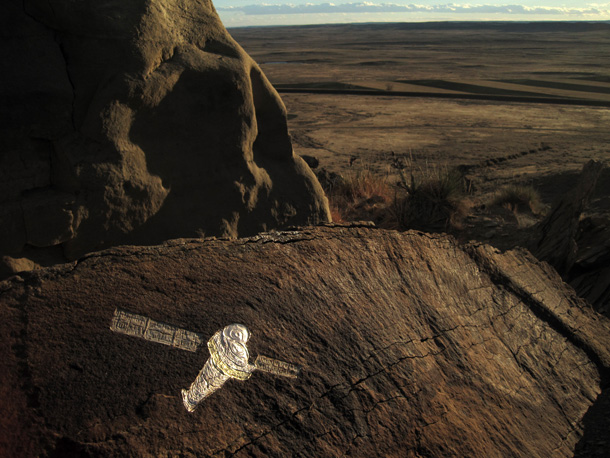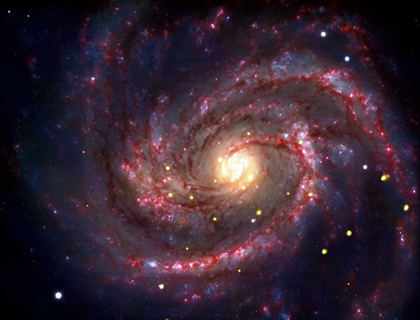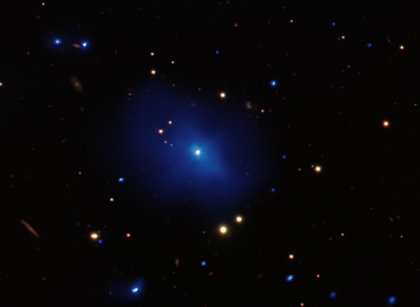Chandra and the Glyphs
Submitted by chandra on Tue, 2010-11-30 17:01
There have been many odes and tributes to Chandra over its 11-year run so far, but here's one that we certainly never expected: Chandra immortalized in petroglyphs. The artist, Kevin Sudeith, carved an image of the spacecraft into rocks alongside a road in Montana. While we hope that Chandra lasts a very long time, it is certain that this tribute to the telescope will last even longer. So thanks to Kevin for his excellent art and his devoted interest in Chandra.
-Megan Watzke, CXC









